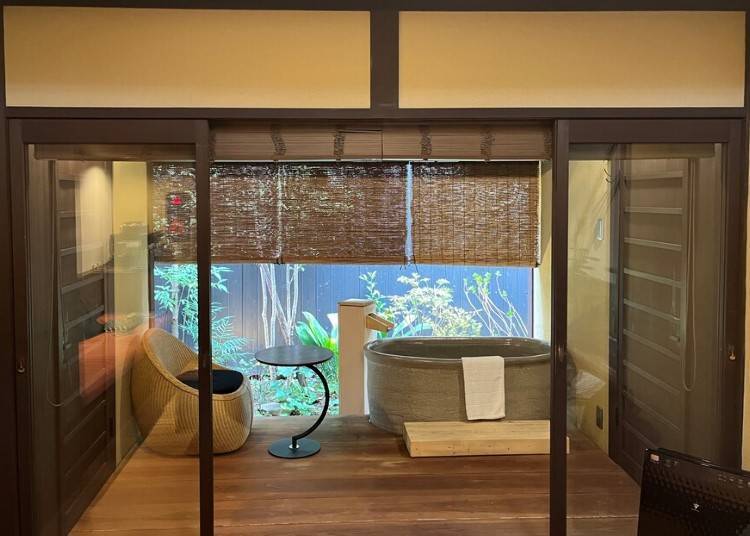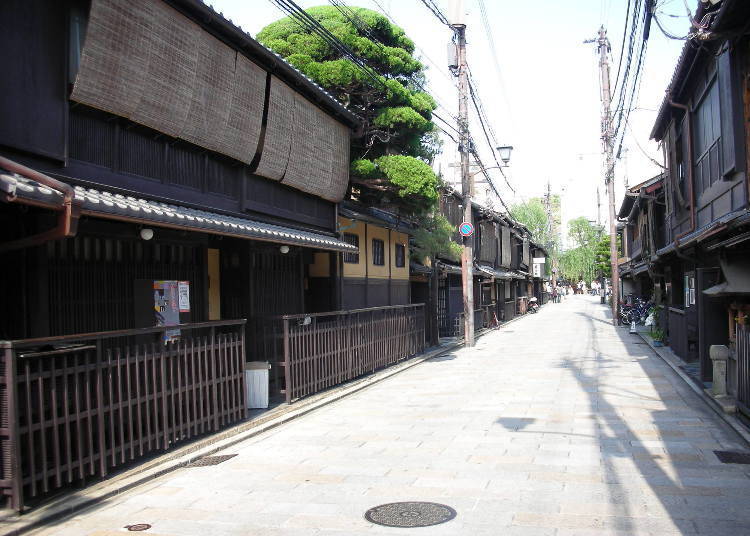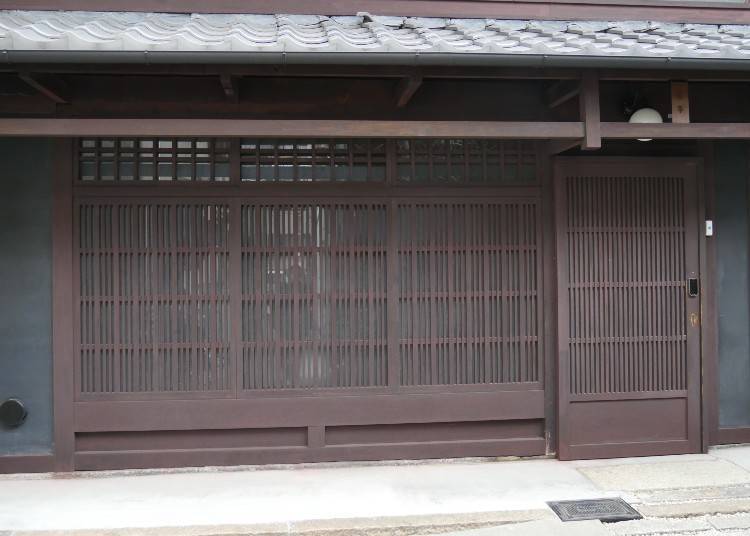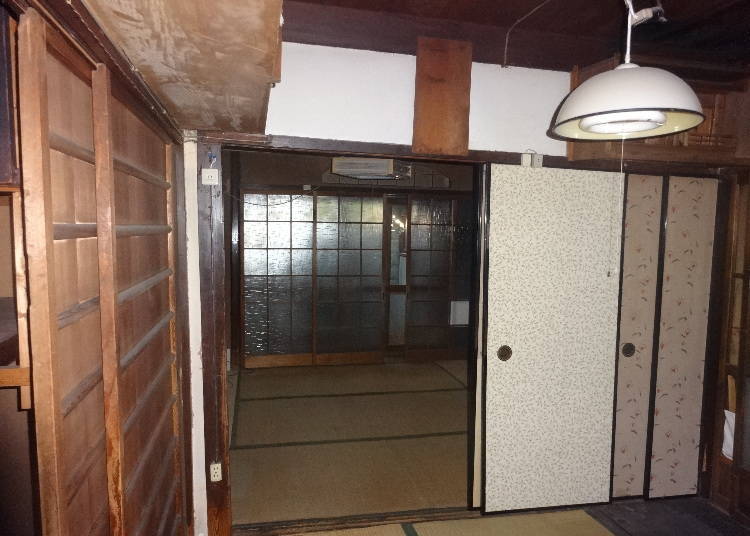
Kyoto is known for its rows of iconic traditional wooden townhouses, called “Kyo-machiya,” weaving together the same scenery residents would have enjoyed hundreds of years ago. While many are unfortunately demolished, some are renovated into new businesses, imbuing them with fresh life.
One of these is Kyoto Machiya Fukune, a townhouse serving as private bookable accommodation, allowing visitors to experience the day-to-day life of locals.
We stayed at Kyoto Machiya Fukune to bring you a first-hand account of what a night in ancient Kyoto feels like!
What are Kyo-machiya?

The traditional streetscapes of Kyoto. PIXTA
Kyo-machiya are a type of traditional home found in Kyoto built before the 1950s. Having been largely spared from air raids during WWII, numerous historical buildings like these remain in Kyoto. Many kyo-machiya were intended to serve as both businesses and private homes and were designed to be densely packed.
Kyo-machiya are said to resemble an “eel’s bed,” with narrow frontage and extended length. Many also have an “okuniwa” (back garden), although some have a yard instead.
The okuniwa adds color to the interior while also allowing circulation from the front door through to the back, reducing humidity. Indeed, Kyoto has infamously muggy summers, and these townhouses allow residents to stay cool and refreshed.

Lattices covering the window.
Most kyo-machiya also have lattices covering the windows facing the street. This allowed business owners to see approaching customers, while those outside could not see inside, ensuring safety.

The renovation of Kyoto Machiya Fukune.
Recently, more and more townhouses are being abandoned and left to rot. As the cost to repair and maintain them is too much for most, many owners are forced to instead have them demolished.
Under the law, once a kyo-machiya is destroyed, it cannot be rebuilt, which is why some are seeking to preserve them through tasteful renovations into accommodation facilities or shops, ensuring that this culture and architecture survive for future generations.
However, while in an ideal world, all traditional buildings would be preserved like this, only builders and craftspeople with deeply specialized knowledge are able to undertake the work properly, and the upkeep often costs a fortune. This means that a sizable percentage of townhouses are still yet to be renovated.
Stepping into another world! Kyoto Machiya Fukune

Despite difficulties, many projects are up and running transforming kyo-machiya into accommodation facilities, many of which offer the entire building for private short-term stays.
These allow travelers to be surrounded by the history a…

